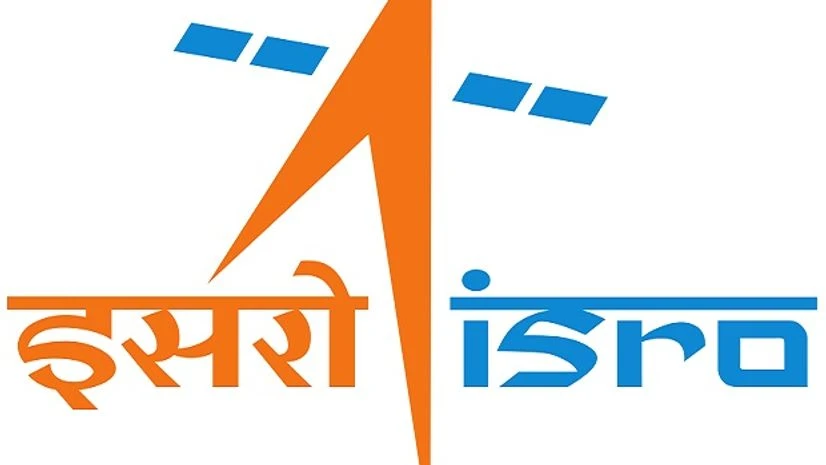India may be able to meet all its energy requirements from resources from the Moon by 2030, said Dr Sivathanu Pillai, a professor at the Indian Space Research Organisation (ISRO). ISRO recently launched a record 104 satellites to space in a single launch.
Elaborating on ISRO's future programme plans, Pillai, who was formerly the chief of BrahMos Aerospace, said all of India's energy requirements could be met through Helium 3 mined from the Moon.
"By 2030, this process target will be met," he said while delivering the valedictory address at the three-day ORF-Kalpana Chawla Space Policy Dialogue, organised by Observer Research Foundation here on Saturday.
Pillai said that mining lunar dust, which is rich in Helium 3, is a priority programme for his organisation. He added that other countries are also working on this project and that there was enough Helium in the Moon to meet the energy requirements of the whole world.
He said that ISRO was planning the whole of process of mining Helium from the Moon, producing energy and transporting it back to earth.
Also Read
Pillai also said that creating low cost access to the Moon and developing multi-purpose and reusable vehicles would help in a big when it comes to intra-planetary mining and space tourism.
"In (a) few decades, people will be going to (the) Moon for honey-moon," he said.
He said that ISRO is also working on fusion energy ITER, adding that a seven-nation consortium was working on mastering fusion technology.
Lieutenant General PM Bali, director general of Perspective Planning, Indian Army, said that the launch of GSAT-7, India's first dedicated military satellite, was testimony to its outlook towards utilisation and exploitation of outer space for national security.
He said that India has now begun acknowledging the growing requirements of space technology for its national security and is beginning to put in place relevant policy and institutional frameworks.
He pointed out that at present, India possesses one of the largest constellations of communication and remote sensing satellites covering the Asia Pacific.
Lt Gen Bali also said that though India continues with a civilian orientation to its space programme, the changing regional and global realities require it to also develop military assets in space and on ground, as an emerging regional and global power.
He added that there was a need for a dedicated military space programme with adequate resources at its disposal because of "the changing realities in our neighbourhood".
Delivering a special address on "Outer Space and Strategic Stability", Lt Gen (Retd) B S Nagal felt that maintaining space stability was "very difficult" with changing warfare and space being no taboo unlike nuclear weapons.
ORF Director Sunjoy Joshi underlined the need for framing the right regulations and the innovations required to frame regulations.
He noted that transponder capacity falls far short of the increasing demand and the processes for leasing capacity from commercial satellites remains cumbersome, taking anywhere between three to nine months for gaining regulatory approvals.
"More clutter in space, greater challenges in the form of space debris, conflicts over demands for spectrum allocation and radio frequency interference. Then there remains the looming question of cyber vulnerabilities, the increasing trend towards weaponisation of cyberspace itself — all of these pose serious challenges for the governance of outer space," Joshi said.
The third ORF-Kalpana Chawla Space Policy Dialogue had discussions on 'Space Finance', 'Transponder Capacity for Broadcasting and Broadband over India', 'Collective Governance of the Global Commons', 'Derivatives Space-scoping the Downstream Applications', 'Emerging Space Actors', 'Making the Case for India's Space Policy', 'A New Frontier: Boosting India's Military Presence in Outer Space' and 'Space Sustainability and Global Governance'.

)
